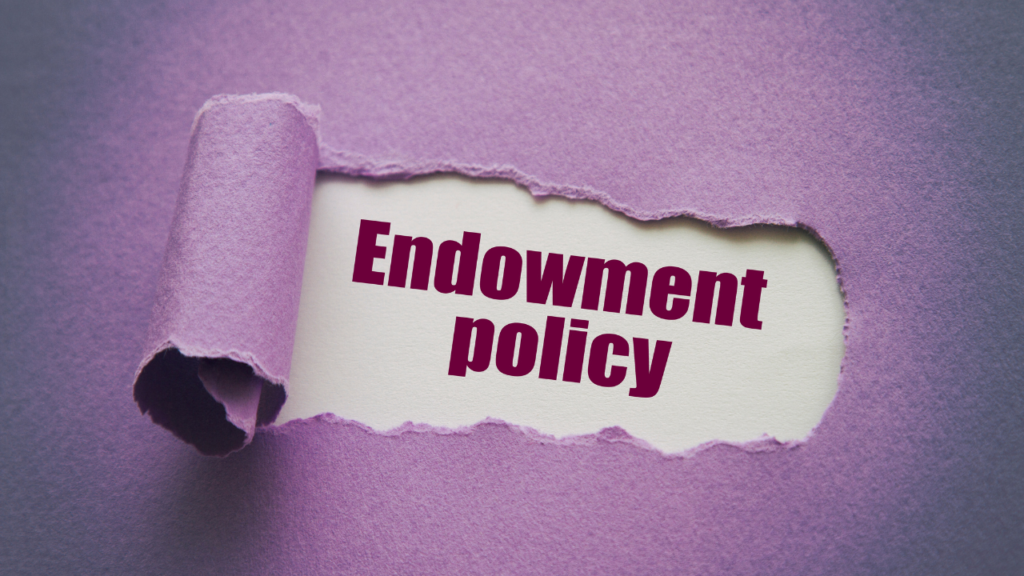
Let us first understand – ‘What are ULIPs’?
Insurance plans are intended to assist people in achieving their long-term objectives. A Unit Linked Insurance Plan (ULIP or commonly known as ‘Ulip’) is a form of life insurance plan that brings together investment alongside coverage. It is the sort of insurance coverage that both enables investors preserve for long-term goals and protects them. Your premiums will not only equip you with life insurance coverage, but a certain amount of them will be invested in particular investing vehicles of your choosing. As a policy owner, you can divide your insurance premiums between coverage and investments. The insurance policy would cover both fatality and serious sickness.
Despite the fact that ULIP is fundamentally a bundled product, the investment itself is not in the nature of a fixed money return or endowment lump-sum settlement, but instead it operates similar to a mutual fund. The premiums paid are used to pay the costs of death, and the remaining is invested in different schemes based on the level of risk you are prepared to confront. The choices vary from 0% equity complete debt market-related securities to 100% equities. If you sell before the conclusion of the policy timeline, you will get the net asset value multiplied by the number of units you possess. Inevitably, the net asset value is determined by the overall performance of the capital that the insurance provider manages, similar to how it is with a mutual fund. In the event of death, the dependent inherits either the sum insured or the fund’s value, whichever is greater, or both.
Features of an ULIP:

The main features of ULIP are life coverage, savings and investments, flexibility, fund choices, configurable life insurance, fee openness, additional insurance against mortality from an accident, impairment, or serious medical condition, money through partial withdrawals, etc. You are able to choose your own extent of investment and protection. You may adjust the amount of your monthly premiums or coverage based on your changing financial condition. There are various investment options to pick from, based upon the degree of risk you are fine with.
The premium you pay, less any costs to be taken into account, is used to purchase units in the investment vehicle you choose at the unit price on that day. As a result, every single time you pay a premium, additional units are deposited into your account. If the unit price on that day is very high, you get fewer units; if the unit cost isn’t too high, you get more units. The fund’s worth is defined by the unit price, which is decided by the prevailing market value of the underlying holdings. Therefore, the Fund Value = Unit Price x Number of Units.
So, How does ULIP differ from a typical Endowment insurance policy?
A conventional endowment plan combines investment with insurance, assures you a certain amount of money at the end of a specified term (sum guaranteed and bonuses), and distributes the sum promised plus bonuses to your family in the case of your death while protected by the policy.
However, in ULIPs, the return on investment or yield is determined by the market’s fluctuations and the risk is assumed by the policyholder, as the surplus premiums are put into investments at the policyholder’s discretion and sent to a common reserve or fund.

Both ULIPs and Endowment Plans provide death benefits and option for wealth creation, the major difference comes in the wealth creation part. For ULIPs, the wealth creation comes in the form of market-linked investment options, whereas for Endowment plans, the wealth creation is in the form of bonuses distributed by the insurance company, and this money is also called as the maturity benefit, if the insurer survives the policy term. And this maturity amount in endowment plans is fixed and is received as a lump-sum on maturity.
Let us also try to understand what these bonuses are in an Endowment plan. We pay premiums to keep our insurance policy active. The premiums you pay are used to resolve your claims. Claims may not emerge on a daily basis. In such circumstances, the money paid would be kept by the insurance company. In accordance with the insurance plan, the insurance company gathers and deposits your premiums in permitted investment vehicles such as sovereign bonds, stock market, equity instruments like mutual funds, and other debt instruments, among others. As a result, the insurance company gains profits by issuing more insurance policies in a year, incurring fewer claims, and earning high returns on investments. These gains are hence handed to you in the form of bonuses at the end of the policy term.
ULIPS – Investment fund options:
So, now let us come back to the topic of discussion of this article, the ULIPs. The majority of insurance companies provide a diverse choice of funds to meet a person’s investing objectives, risk tolerance, and time periods. The risk level of various funds varies. The prospect for gains also differs from one to the other as well. Listed below are some of the most prevalent types of funds accessible for the policy holders, accompanied by their risk factors:

Equity Funds – Have a high risk-to-reward ratio and predominantly invest in shares of businesses with the goal of capital growth.
Debt Funds – They invest in bonds issued by corporates, governments, and other fixed-income securities with a moderate risk-reward ratio.
Balanced Funds – The risk-reward ratio is medium as they are a blend of equities and fixed-income securities.
Cash Funds or Money Market Funds – These funds invest in cash, deposits with banks, and other money market products with a low risk-reward ratio.
While there could be more fund possibilities, they essentially consist of a mix of these assets. Any investment gain from any of the ULIP fund options listed above is not assured. That is, the policyholder bears the risk associated with these investments. The policyholder’s investments may gain or lose value based on the overall performance of the unit linked fund(s) opted for. It must also be understood that a fund’s previous achievements are not always indicative of its potential for future success.
The ‘Switch’ function allows you to change the amount invested between these fund selections. While a certain number of switches are normally free of charge, any further switches are subject to a price. It is preferable to stay invested in stocks for the majority of the duration when in ULIP. As stocks are a superior long-term option, your money should be invested in them for a longer period of time. But with five years before maturity of your policy, it is preferable to switch to a balanced fund or a debt option.
Cost structure of ULIPs:

The entire premium paid is not used to purchase units. Insurance companies allocate units based on the fraction of the premium that remains after different charges, levies, and deductibles. However, the amount of premium required to acquire units differs per product. Because the costs are taken out from the premium received before assigning units, the total monetary worth of the units awarded is inevitably lower than the total amount of premiums paid. The pricing mechanism of ULIPs given by various insurers varies. I have tried to summarize the many types of levies and charges here below. It should be emphasized, however, that insurance companies have the authority to change rates and levies periodically.
Front-loading cost – This is a proportion of the premium that is set aside for charges before assigning the policy’s units. This payment often includes both original and renewal charges, as well as commission costs. As the cost of issuing an insurance policy is incurred from the outset, the costs in most plans are also levied at the outset. Hence they are commonly referred to be front-loading cost. This fee decreases towards the end of the insurance.
Mortality Charges – These are expenses to pay towards the cost of the plan’s coverage for death. Mortality costs are determined by a variety of parameters, including age, the amount of protection, health status, and so on.
Fund Management Fees – These are fees charged for managing the fund(s), and they are removed before calculating the Net Asset Value (NAV). It represents the cost associated with handling the funds’ investments, and it is charged automatically to the investment-linked funds account. This is the cost of allowing another party to manage your money. It is changed on a regular schedule based on the NAV.
Policy management Charges – These are costs collected for the management of the insurance policy. This might remain constant throughout the policy period or change at a set rate. The price for covering the on-going administrative costs of the regular-premium plan is normally deducted from the units. Ulips are locked in for five years. This implies that if you cease contributing your premium before the end of the 5-year period, your money will be moved to discontinuance reserves. The fund management fee is 0.50%, and the annual return varies between 3-4%, based on the prevailing savings rate. After five years, you can take funds from the discontinuance fund after deducting any applicable discontinuation expenses.
ULIPs is suitable for persons who lack financial discipline and lack the capacity to handle their insurance coverage and savings on their own. They work well for financial objectives that are at least seven to ten years away because of their lengthy lock-in period and high withdrawal fees.





